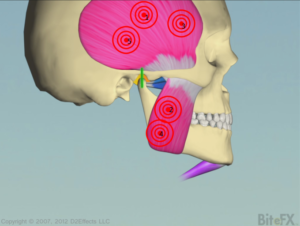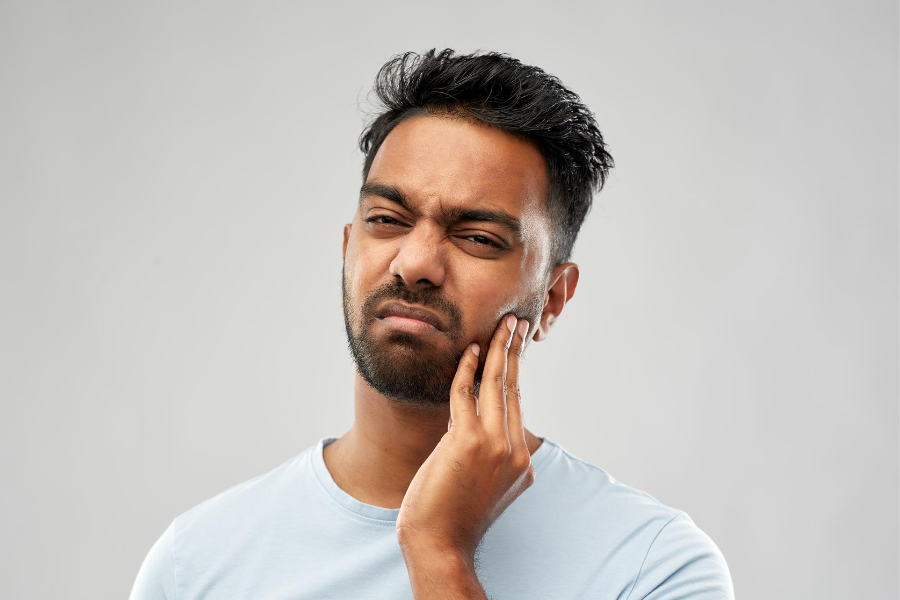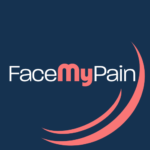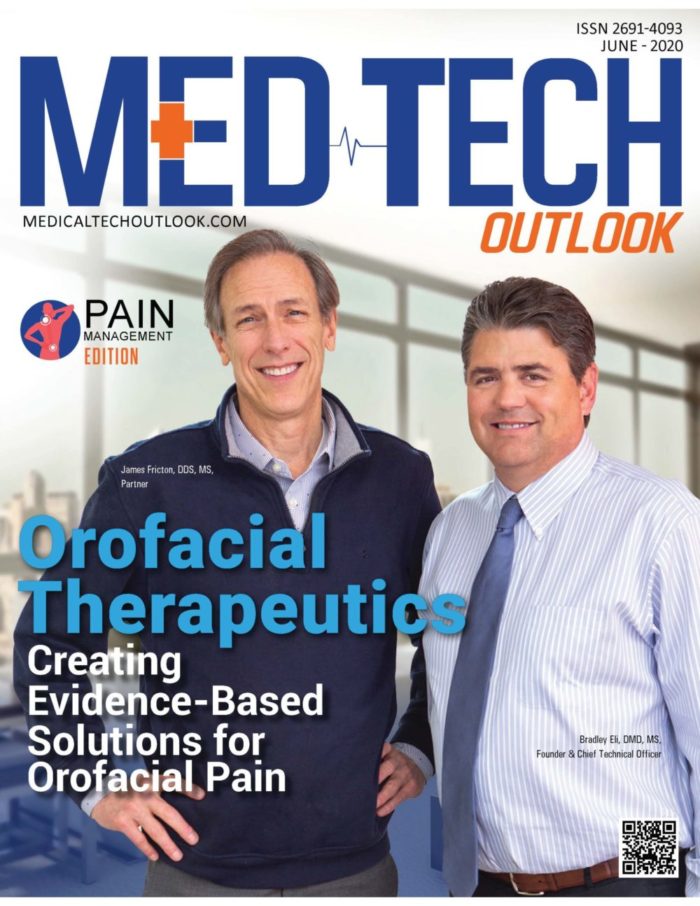Undetected Jaw Trauma Associated with Chin Lacerations and Blows to the Jaw
Facial lacerations are extremely common in childhood and frequently occur among sports-related injuries in adults. A chin laceration is a tear in the flesh or skin and learning how to treat them can help circumvent complications in healing. Understanding the jaw’s relationship to the head, neck, and back will aid in recognizing less apparent injuries related to a chin laceration. Blows to the jaw occur from sports-related or work-related injury, motor-vehicle related accidents (air bag popping) or physical violence.
Minor lacerations
Minor lacerations may not require medical assistance. Apply pressure with a clean cloth and the bleeding will stop, usually within several minutes. Wash hands and wash the injured area with gentle soap and water. Remove any dirt and dust particles but do not scrub the wound itself. Run water over it for several minutes before applying antibiotic ointment and bandage.
Major lacerations
Lacerations that are longer than half an inch, notably deep, or are bleeding heavily, call for medical attention and may require stitches. Apply pressure with a clean cloth and do not lift pressure to look at the cut. Major lacerations should be evaluated by a medical professional. Depending on the severity of bleeding, the wound may require emergency attention.
Lacerations may require a tetanus shot. Medical complications from facial soft-tissue injuries may include infection, hematoma, wound edge necrosis, and retained foreign bodies. Some cuts may require Steri-Strips, a type of medical tape used to keep the wound clean and protected while the wound edges heal together. Deeper lacerations may require sutures, or stitches to hold together the wound edges while it heals. Reach out to a medical professional if an animal or human bite caused the injury, it shows signs of infection or was caused by a puncture wound by a dirty or rusty object.

Undetected Traumas
Because lacerations are visible, other injuries may be overlooked. With oral or facial injuries, damage may extend to the central nervous system, eyes or ears, or involve cranial nerve damage. Oral pathologies such as discolorations, asymmetries, depressions, and broken or missing teeth may also be present. Chin lacerations can be associated with underlying skeletal damage, including mandibular fracture. Even minor chin lacerations that seemingly do not require immediate medical attention can obscure other traumas. Children and adults with TMJ trauma usually present with facial pain and limited jaw movement, but TMJ trauma may sometimes go unnoticed when a chin laceration is present.
Although acute TMD from trauma may resolve on its own, it is essential to detect and treat TMJ trauma, especially in children. The jaw continues to grow and develop until the person is approximately 20 years old, so treating TMJ trauma and diagnosing TMD can be tricky. Childhood symptoms can include jaw pain, jaw clicking, facial pain, headaches, ringing or buzzing in the ears, earaches without a related infection, and malocclusion. Any injury that results in a chin laceration combined with these symptoms indicates a considerable possibility of TMD.
Chin lacerations may seem innocuous or distractingly severe, but any trauma to the chin, jaw, or face can run deeper than visible. Pain relief may be found using the Speed2Treat home healing kit or access facial injuries and TMJ disorders service providers using FaceMyPain to find an expert in facial injuries. Listed providers’ specialities range from sports medicine to dentistry to complementary alternative medicine. Most importantly, providers can coordinate care for cases that may require multiple approaches to diagnosis and treatment beyond the visible laceration.
FaceMyPain opens a path to care with qualified doctors and other healthcare providers who understand the complexities of facial pain and can help you find relief and healing.
Treatment providers featured in the FaceMyPain directory are orofacial pain specialists, neurologists, osteopaths, dentists, oral surgeons, physical therapists, chiropractors, and other providers dedicated to treating facial pain conditions.





